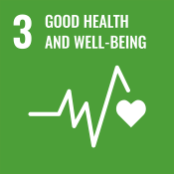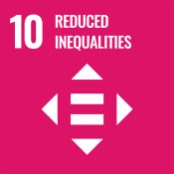Mapping studies to stimulate palliative care development
Palliative care to provide relief from pain and suffering at the end of life was first defined by the World Health Organization in 1980. It is still not available in every country around the world. Designed by Professor David Clark and supported by the Worldwide Hospice & Palliative Care Alliance and the Wellcome Trust, the ‘world maps’ of palliative care assign each country to one of six levels of development, with three iterations showing change over time. These maps are the first and only sources of data on the global development of palliative care, and include all countries recognised by the United Nations. Despite improvements, palliative care at the highest level of provision is available for only 14% of the global population and is concentrated in European countries. Meanwhile, an 87% global increase in serious health-related suffering amenable to palliative care interventions is predicted by 2060. In 2014, the world maps provided data to inform the World Health Assembly resolution on palliative care. The world maps and the associated resolution have subsequently been used extensively as advocacy tools by activists to lobby for better global provision of palliative care, resulting in improved palliative care provision (e.g. through policies, education and drug availability) particularly in low and middle-income countries (e.g. in Bangladesh).




